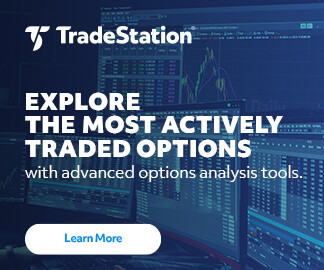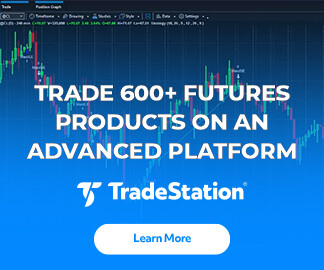This post, originally published on September 27, is part of a series about the catalysts for stock movements. It’s based on a series of talks at TradeStation’s Master Class learning sessions.
In business, “more is better.” More orders. More customers. More widgets sold. Investors always want to see more, which brings us to the question of business volumes — perhaps the single most important catalyst for stock movement.
Traders looking to understand a company should always think of volumes: Are they doing more business, or less? Next, how is volume expressed for the firm in question?
Airlines have seat miles. Autos and smart-phones have units delivered. Digital-media companies have subscriptions. Chipmakers have bookings and shipments. Hospitals have admissions. Websites have traffic or daily average users.
Why not just look at revenue, you may ask? There are two answers: First, price changes can muddy the waters. A company can boost its revenue by charging more per widget, even if it sells fewer. Revenue and volumes usually move in tandem, but it’s not always the case. (Our upcoming post on margins will address this further.)
The second reason is that volumes are often public before revenue. Airlines and autos, for example, release monthly numbers. Researchers and analysts track web traffic. In the world of media, the number of subscribers translates directly into revenue. Ditto for semiconductor or software bookings.
In other words, revenue lags these other indicators of business activity. Therefore the “real story” is found at the level of volume. Clients looking to understand why a company is moving should always consider this catalyst. It’s described differently in various industries, but the basic concept is what matters. It’s also what analysts look at, so why shouldn’t you?
Remember, our goal is simple comprehension. Wall Street researchers and institutional investors can dig deeper into company finances. Traders only need to understand why a stock is moving so they can identify the kind of news that might impact the bigger trend.
In conclusion, volume is often a powerful catalyst behind stocks rising and falling. It may help you to consider it the next time you’re examining a company.
























